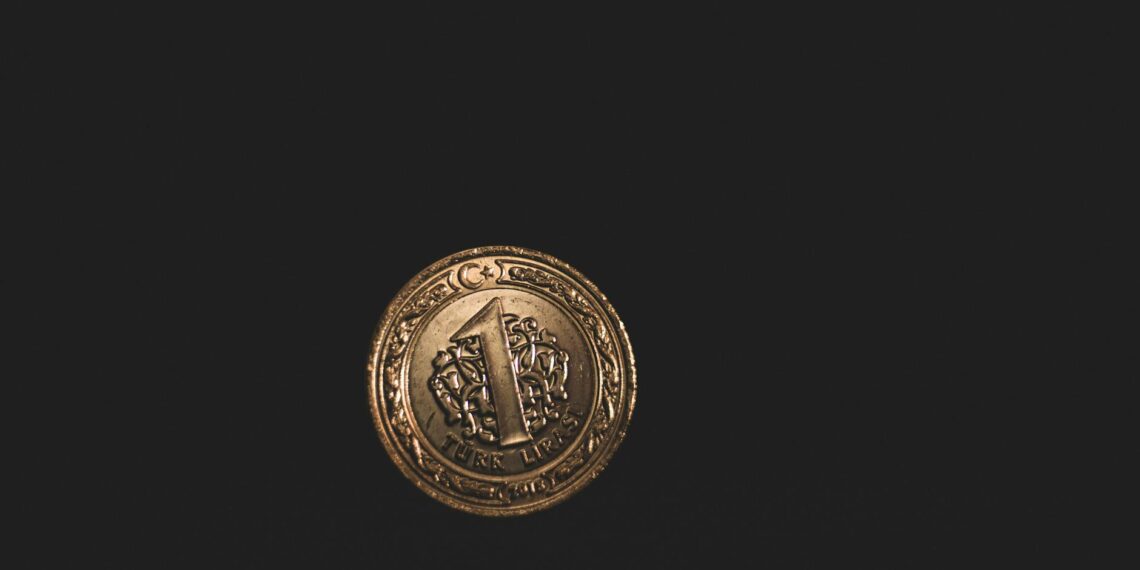A burnished coin refers to a coin with a distinctive matte or satin-like finish, achieved through a special minting process.
Here’s how burnished coins are typically made:
- Preparing the blanks: The coin blanks (also called planchets) are meticulously selected and then polished in a rotating drum containing small metal beads or other polishing media. This process smooths out imperfections and creates the unique, softly gleaming surface that distinguishes burnished coins.
- Special Handling: After polishing, the blanks are handled with extra care to avoid any damage or contamination before striking.
- Striking the coin: The polished blanks are then struck by specially prepared dies, often under higher pressure than standard bullion coins, to ensure a detailed and precise impression.
- Matte finish: Unlike the bright, reflective finish of proof coins, or the regular finish of uncirculated coins, burnished coins have a soft, non-reflective appearance.
- Smooth texture: The polishing process gives burnished coins a smooth feel.
- Enhanced details: The higher pressure striking process can result in sharper, more detailed designs.
- Limited mintage: Burnished coins are often produced in smaller quantities than their bullion or proof counterparts, making them more sought after by collectors.
- “W” mintmark: The United States Mint’s burnished coins are usually produced at the West Point Mint and carry the “W” mintmark.
Examples of popular burnished coins include the American Silver Eagle and American Gold Eagle , both offered in burnished editions.









Is a burnished coin more valuable?
Good point! Burnished coins fall into the uncirculated category, and their value is typically higher than circulated coins due to their rarity and unique appearance. However, burnished coins are minted in limited quantities, and only certain mints produce them, making them more challenging to acquire.
How can you tell if a coin is burnished?
From my experience, Burnished coins have a soft, matte-like finish. They’re somewhat shiny, but not as shiny or as vibrant as a proof coin. Burnished coins are smooth to the touch and display a great deal of detail.
What is the difference between a burnished coin and an uncirculated coin?
While proof and uncirculated coins tend to have a bright luster, burnished coins have a matte-finish, and are less reflective as a result. Many investors say that these coins are very similar to standard bullion coins, but the differences are definitely there if you know what to look for.
What does burnished mean in coin grading?
I can help with that. The term Burnished coin refers to the method of manufacture and not the condition of a coin. The U.S. Mint uses specially prepared coin blanks to make burnished coins the coin blanks are hand-fed into adapted coining presses one at a time.